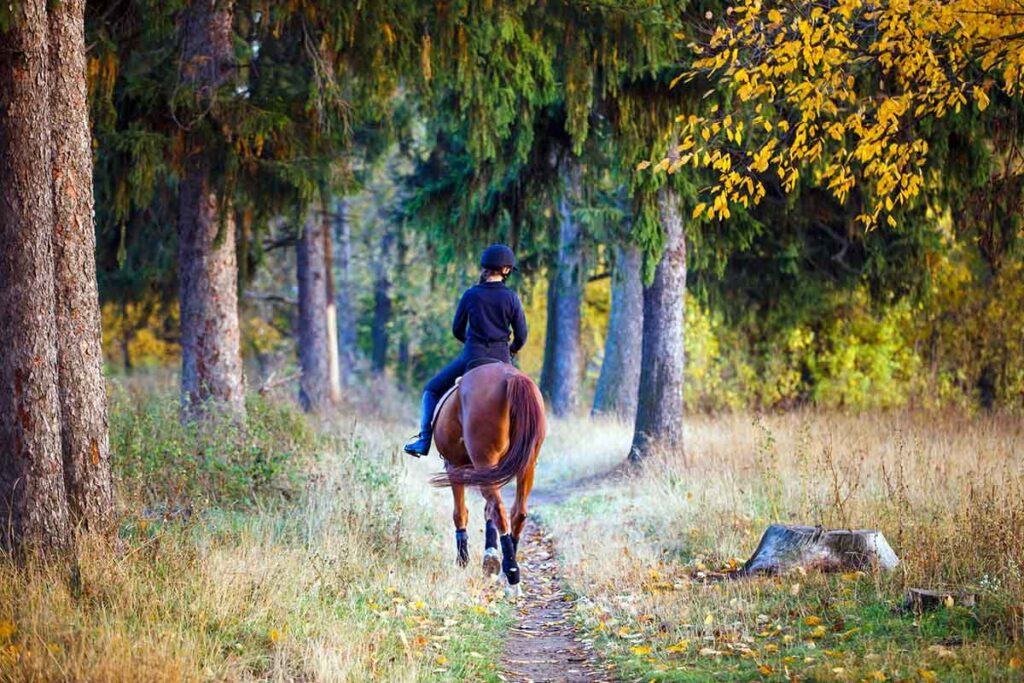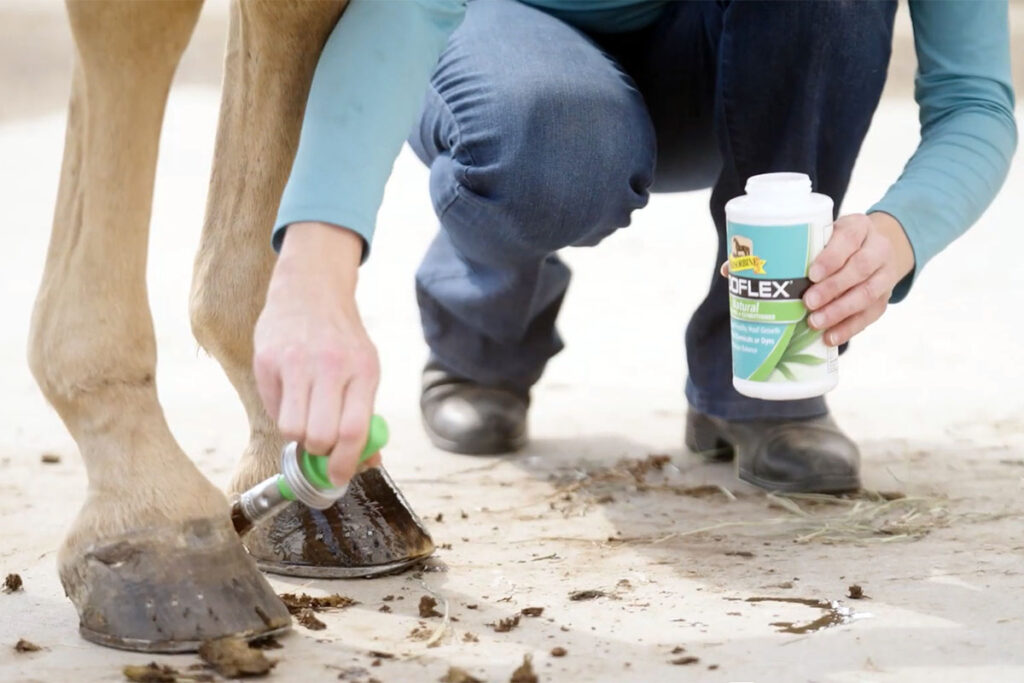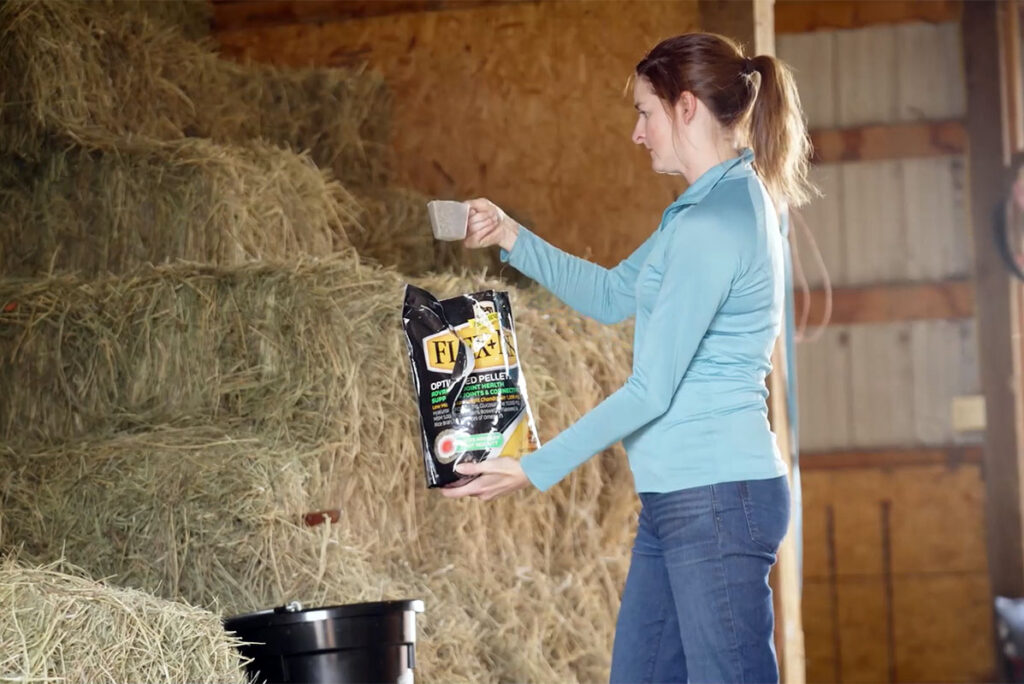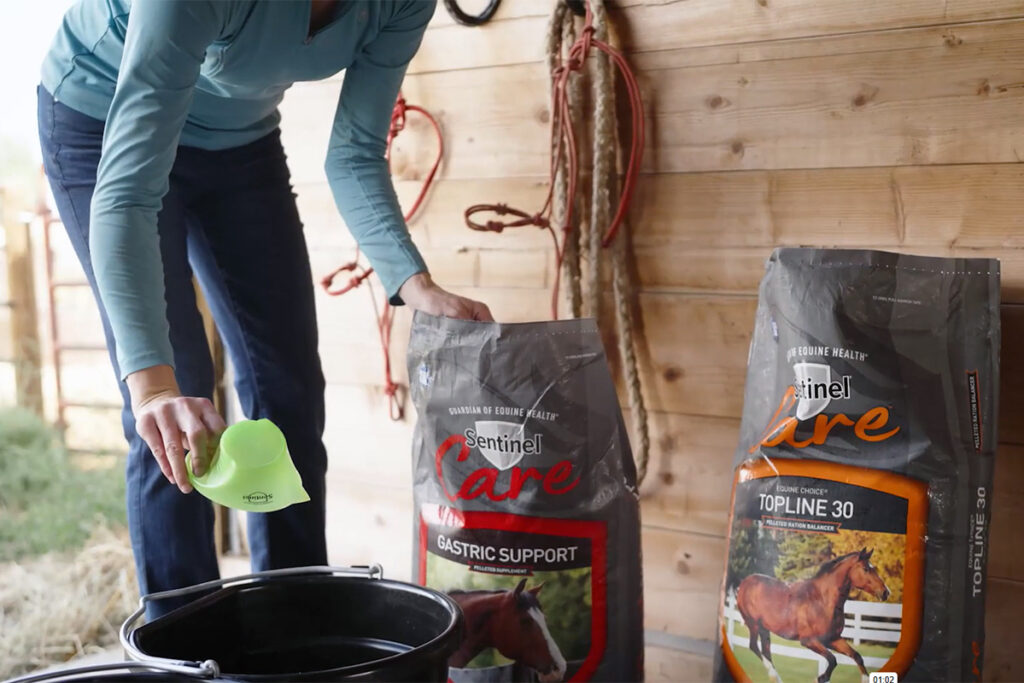One of the most exciting things about bringing home a new horse is hopping in the saddle and getting to know your new riding partner!
But before you swing a leg over and ride to your heart’s content, it’s important to pause and consider a few important factors, from fitness level to tack fit. Doing so will help ensure your horse stays happy, comfortable, and healthy as you begin your partnership.
Embrace the Adjustment Period
Moving to a new home is a big adjustment for any horse. As such, it’s smart to give your horse plenty of time to adjust to his new settings and routine.
A general rule of thumb is to allow one to two weeks for your horse to settle in before you start a riding routine. But, as with most things, it’s important to listen to your horse. Some will be right at home after a week, while others will benefit from additional time to relax.
While your horse settles in, you can take a few steps to prepare for riding and start building a relationship with your new partner. For example:
- Organize your equipment. If you haven’t done so, be sure you have all the tack and equipment you’ll need when you’re ready to ride. Also check that it’s clean and in good repair.
- Check tack fit. This is an important one: Be sure the tack you’ll be using fits your horse and is adjusted properly. For instance, an ill-fitting saddle can cause your horse pain or discomfort while riding. A noseband that’s applied too tightly or positioned improperly can restrict your horse’s breathing. And a bit that’s too big or too small can injure your horse’s mouth. If you’re not sure whether your tack fits properly, consult an experienced horse friend, trainer, or professional tack fitter. Even the most seasoned equestrians get second or professional opinions on tack fit. So, never be embarrassed to ask for assistance!
- Get to know each other. Begin bonding with your new horse. Spend time pampering him with grooming sessions or baths. Take him out for a hand-graze and let him explore a bit. Or start with some groundwork exercises to engage his mind and strengthen communication.
Riders Up!

Another thing to do while your horse is settling in: Give some thought as to how you’ll approach riding.
Did your horse’s previous owner give you details about his workload and conditioning? In this case, simply take it easy for the first week or so under saddle as you and your horse get used to each other. Practice things like serpentines and transitions. Learn how the horse responds to your aids (steering, braking, moving off your leg). Don’t worry—he won’t lose much physical condition over this short span of light work. Then, when you’re both ready, you can pick back up at his previous workload.
You’ll have to be more careful if your horse had been out of work in his previous home or if you don’t know how much work he had been doing. In these cases, progressing slowly is key.
Think about it this way: If you’ve led a relatively sedentary lifestyle, suddenly resuming strenuous exercise will, undoubtedly, make you sore, tired, and, well, probably pretty grumpy! Your horse is no different. Asking for too much, too soon might result in a bitter horse that misbehaves because he’s sore or tired. He’s not actively trying to be naughty.
Start with long walks (either in an arena or around the farm) to build fitness. Then, add trotting (starting with a couple of minutes throughout the ride and building up slowly, adding a few minutes every few days). Add the canter in the same manner once your horse is accustomed to the trot work. Additionally, spread out riding in the beginning. Start with every other day, slowly building up to daily work as your horse’s conditioning allows. Even the most-well-conditioned horses should have at least one day off each week to relax.
Your horse should recover from trotting or cantering (i.e., not breathing heavy, still steady on his feet, and ready to get back to work) in a few minutes after stopping for a walk break. Listen to your horse as he progresses in his conditioning.
If something doesn’t seem right or you think your horse is more winded than he should be after exercise, then take a step back. Contact a trainer or your veterinarian to ensure your horse doesn’t have a health issue that’s contributing to exercise intolerance.
The Bottom Line
Welcoming your new horse to the barn is an experience that’s second to none. But it can easily be soured by throwing too much, too soon at your new arrival. Take it slow, consider your horse’s individual needs, and listen to what he is telling you as you begin your partnership. If you’re unsure when and how to start riding a new horse, consult a trainer or another experienced equestrian to ensure you’re on the right track.
Related Reading: Welcome to the Barn: Getting to Know Your New Horse
Erica Larson is a lifelong equestrian with extensive experience in many disciplines (from three-day eventing to driving mini horses) and in managing a wide range of horses (from seniors to fresh off-the-track Thoroughbreds to high-performance athletes). She resides near Lexington, Kentucky, with her two OTTBs, Eldorado’s Tune and Sniper Shot.
Are you enjoying this content? Sign up for My New Horse’s FREE newsletter to get the latest horse owner info and fun facts delivered straight to your inbox!









